This blog is about the 'Becoming a UX Ambassador' video, presented by Jan de Vries from Mendix and Jason Teunissen from First Consulting. You can watch the video here.
Jason Teunissen has a clear vision for the future of UX design. He wants to raise the bar because UX design is the most important element when creating something for actual users.
But first, what is UX design?
UX stands for User eXperience and describes the process of creating something that can be experienced by a user. In other words, UX design is the process of designing products (digital or physical) that are functional, easy to use, and delightful to interact with.
Jason and I share the opinion that UX design is very important and must be an essential aspect in the creation process. But why is it that important, you may ask? Jason answers that question with a very fitting follow-up question: “Do humans interact with the systems and do we care about them?” If the answer is no, well, go ahead and do what you like. But if there are users involved, please consider their needs.
Let us take a closer look at the elements of the UX process:
- Discovery (involves: UX researcher)
It’s important to understand the needs and desires of both stakeholders and users.
- Iteration (involves: visual and UI designers)
In this phase, we try to solve the problems and validate our solutions with the stakeholders and users.
- Implementation (involves: frontend developers)
Implementing the designs in the platform.
So here are five things you can do to become a UX ambassador:
- Fight for proper UX processes
- Share knowledge of common misconceptions
- Be active in your UX community
- Join and host meet-ups
- Smile
Jason also shares two nuggets of wisdom with us: he tells us to not let a marketing designer design your products. This does not always hold true, but in general marketing designers have a different target in mind than UX designers. Which leads to his second point: UX design is about designing how it works, not how it looks. In the end, the design is just the result, not the process.
Lastly, I want to finish with a personal response to a question asked in the session: “Do you expect UX designers to be able to do CSS?”
My opinion would be: it helps, but it’s not required. Someone wrote that having frontend knowledge helps UX designers to understand the limitations of the framework they’re working with. And that’s true; it helps a lot. But where there's a will there's a way, and we should always keep in mind that we’re designing for the users, not the developers. A few more hours’ work can lead to a lot less pain for end users.




